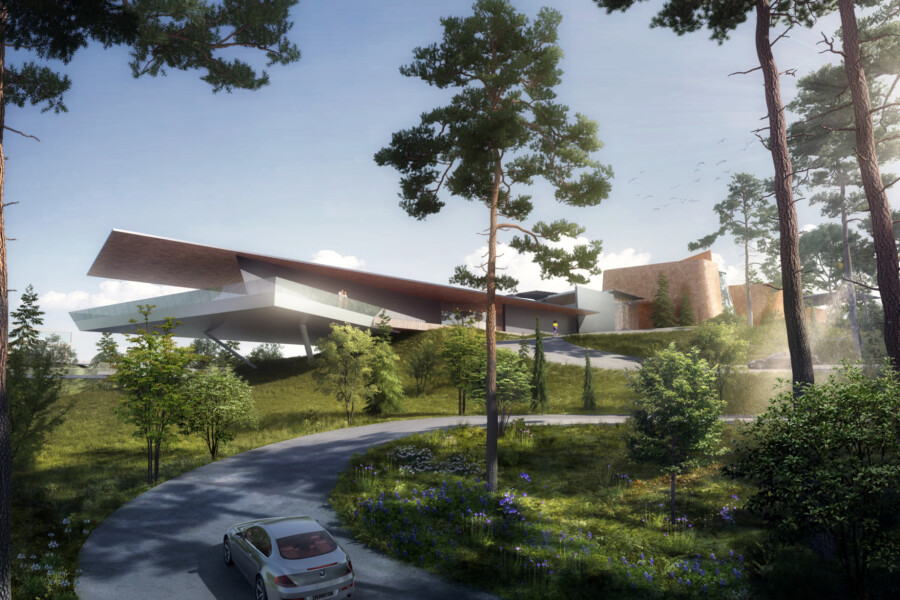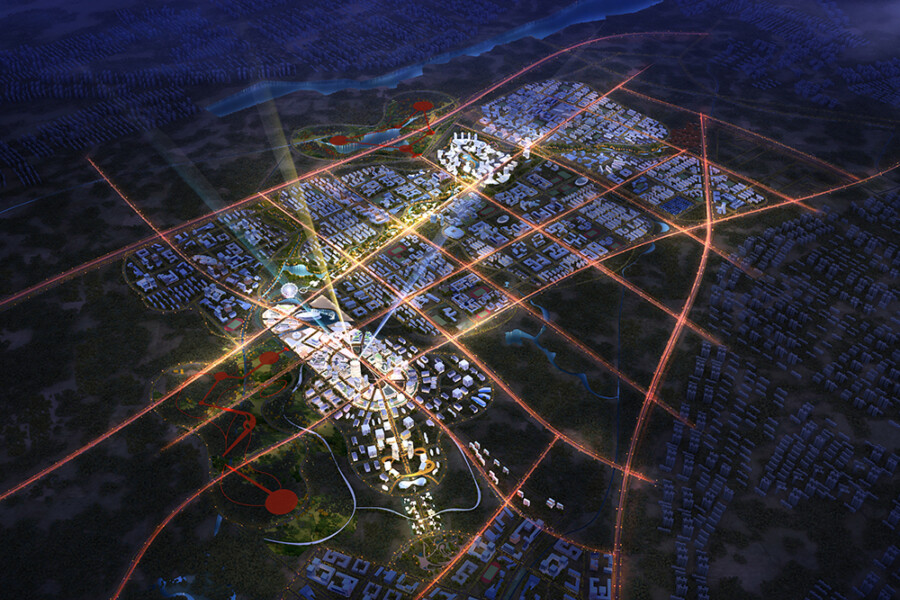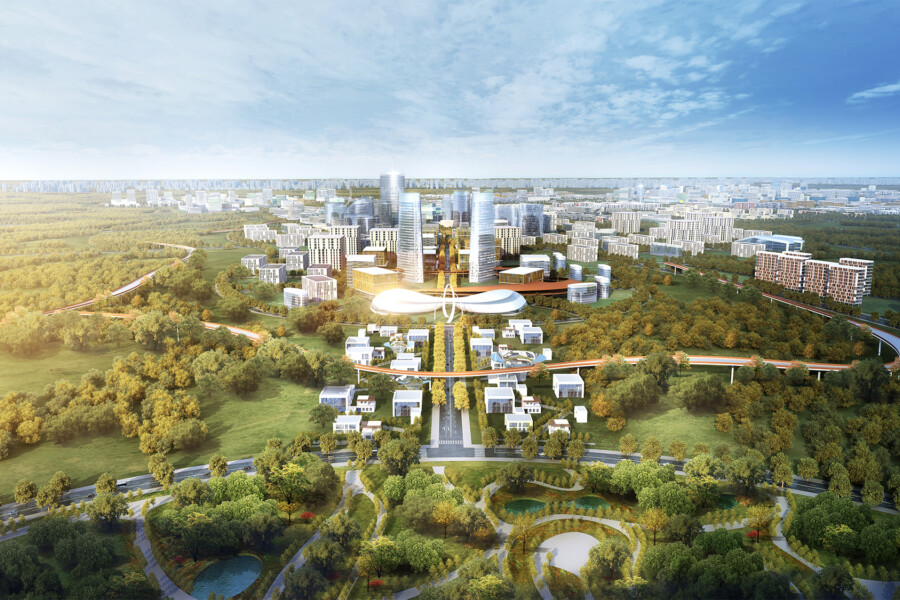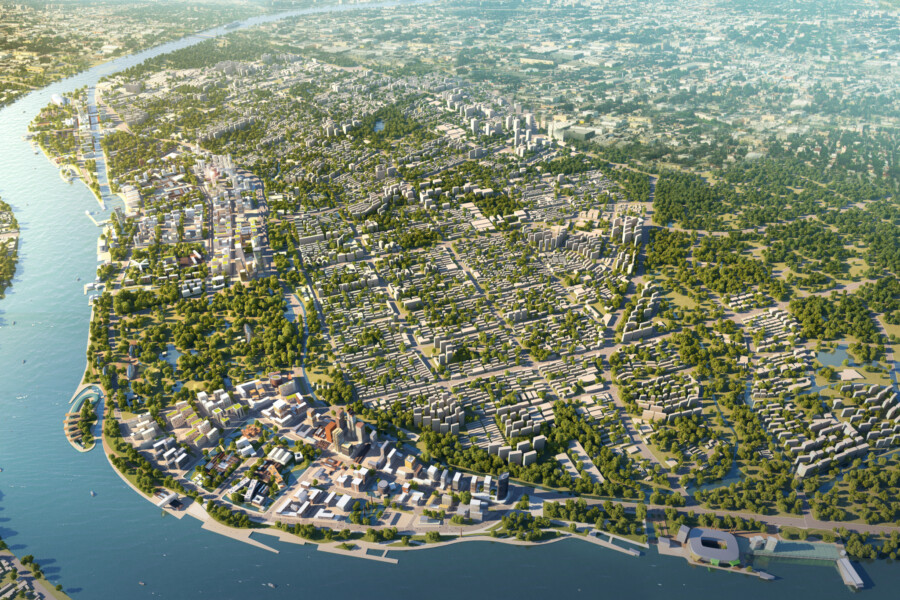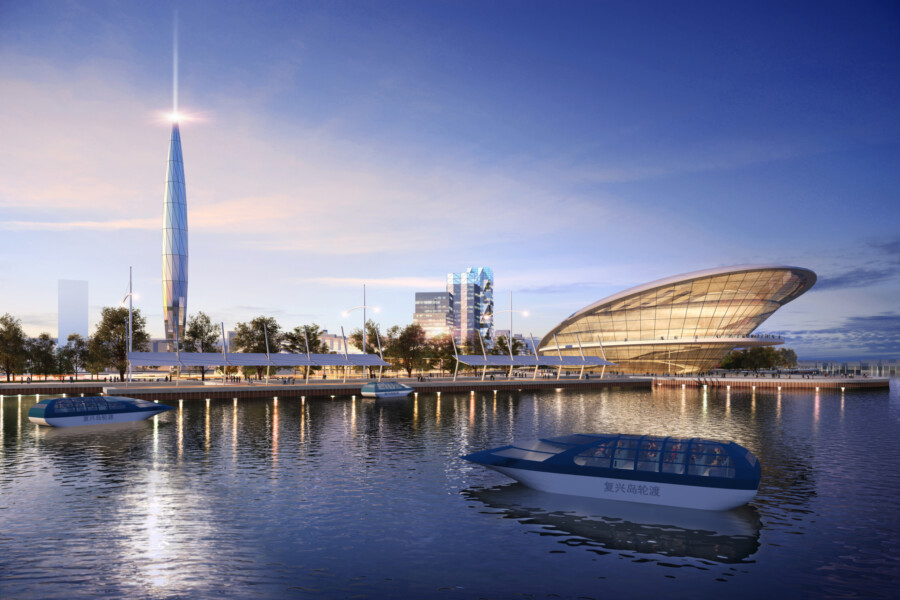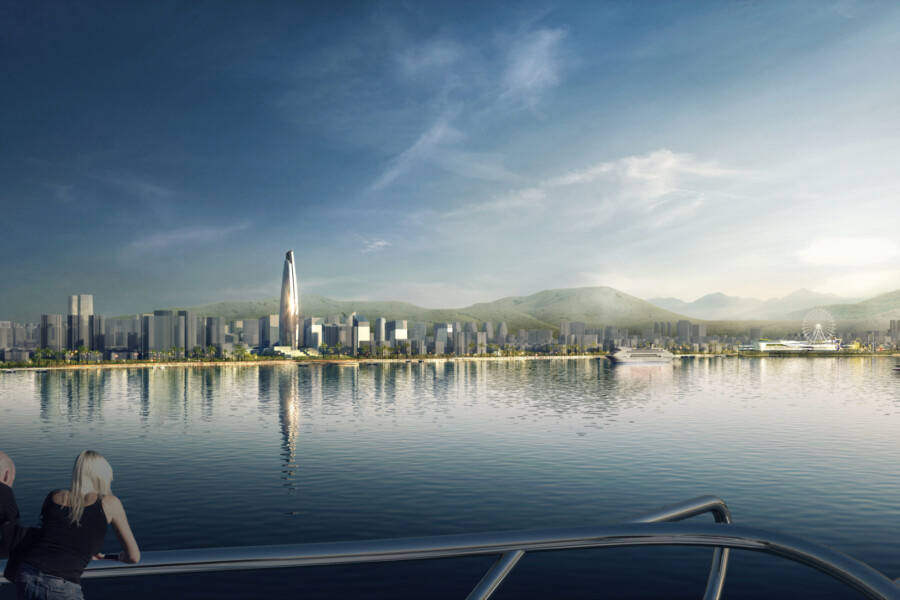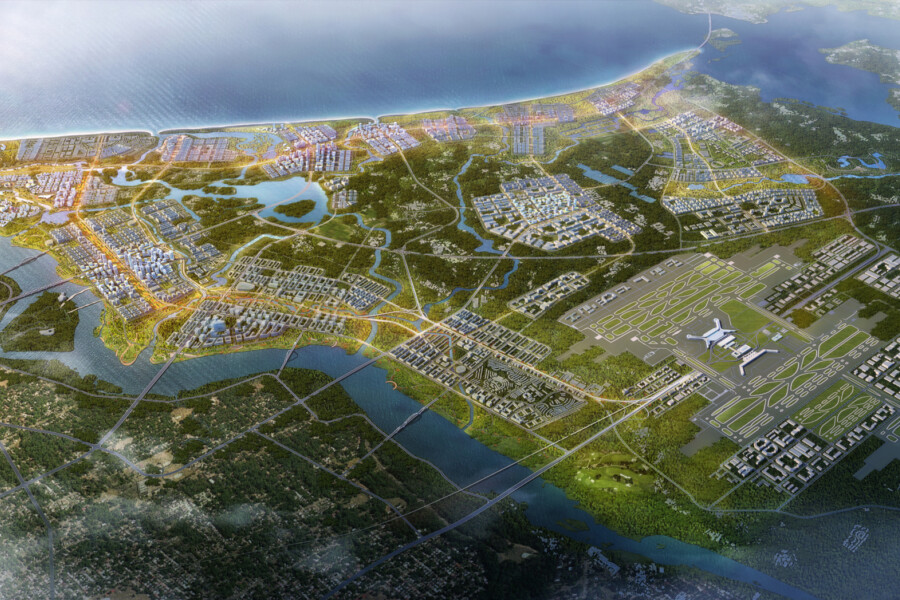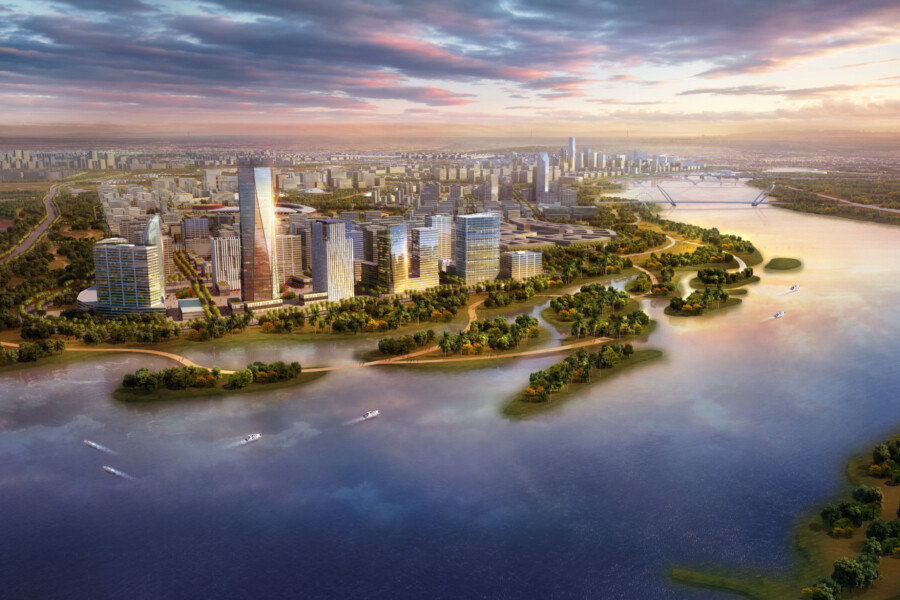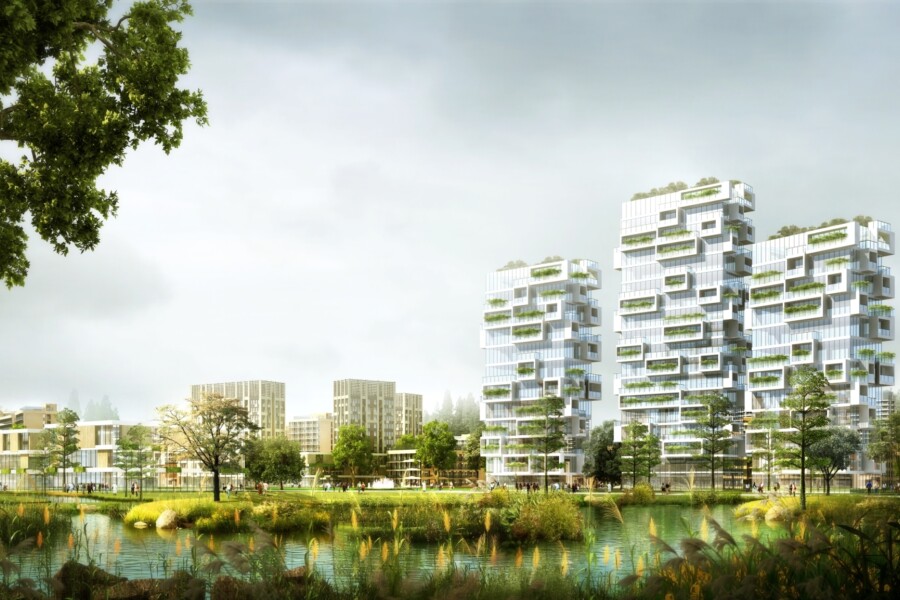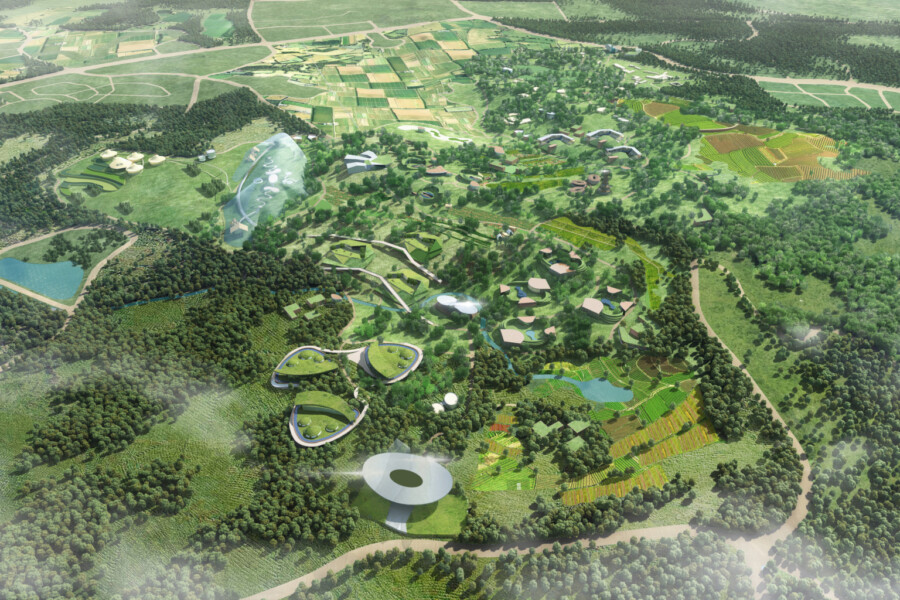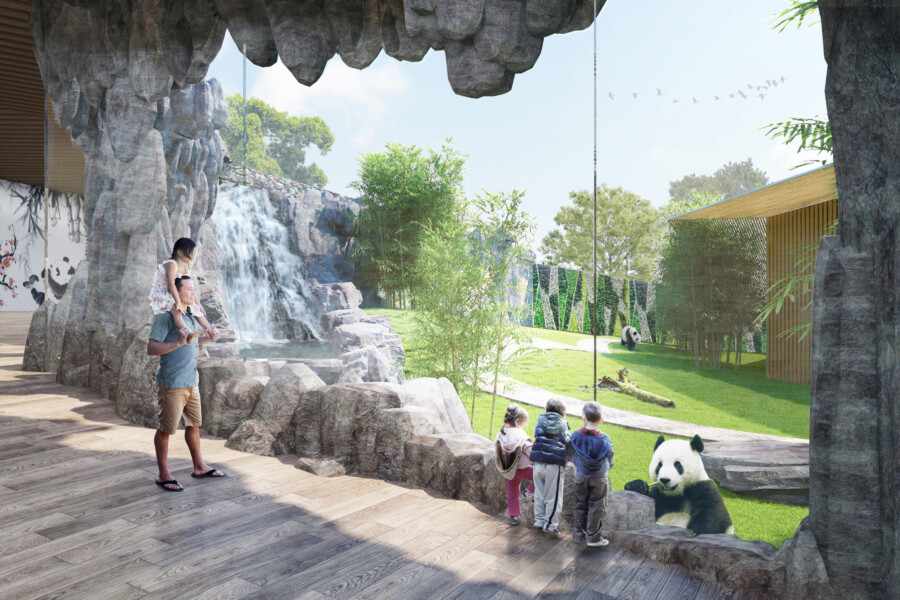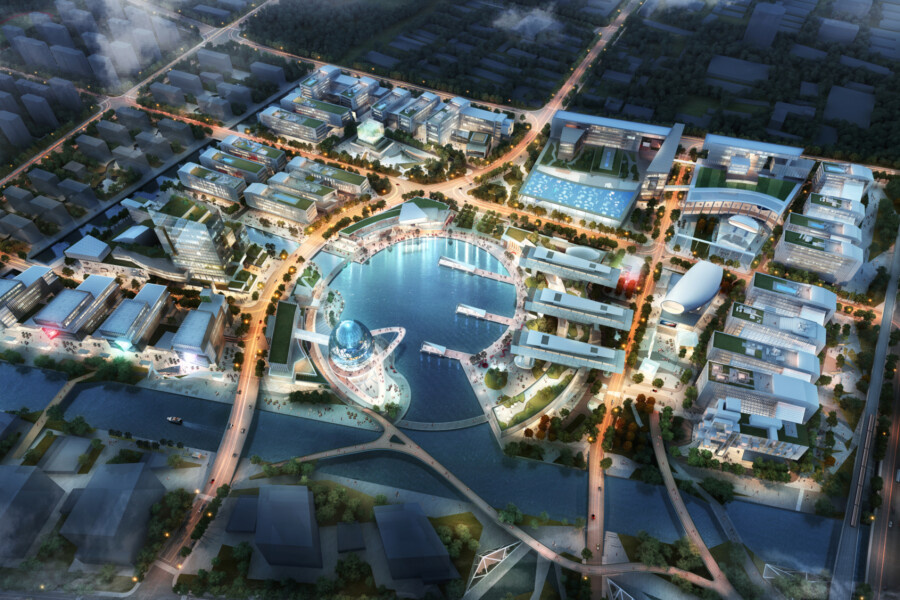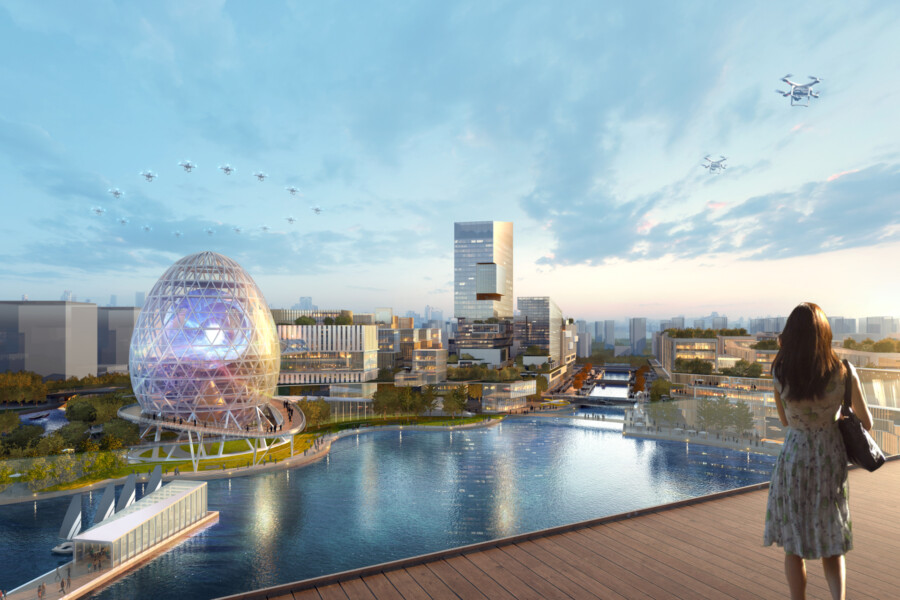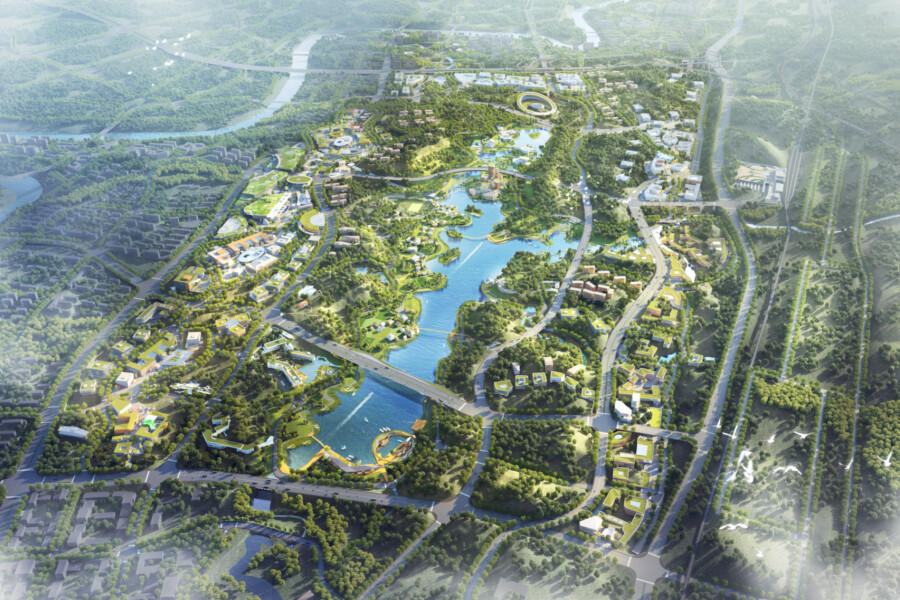
A look at Chapman Taylor’s large-scale projects across China
Chapman Taylor’s Shanghai studio has masterplanned some incredible projects in the ten years since it was established, including massive retail and leisure developments such as the world-class Global 100 development in Hainan and entire urban districts such as Daxing New Town West in Beijing.
Below are some of the extraordinary masterplans recently created by Chapman Taylor for developments of widely varying types across China.
Liangjiang Collaborative Innovation Zone, Chongqing, China (680 hectares)
Chapman Taylor won a major international design competition to create an urban innovation zone on a 680-hectare site in Chongqing Liangjiang, central China. Liangjiang has been chosen by the Chinese government as a developmental ‘new area’ for Chongqing, which has a population of over 30 million people and is one of China’s four centrally governed municipalities.
Chapman Taylor’s masterplan concept is based on the integration of the beautiful natural environment with new technology facilities, and creates a connected series of five university campuses surrounded by R&D clusters.
Daxing New Town West, Beijing, China (1,380 hectares)
Chapman Taylor won a competition to design the western district of Daxing New Town, in the southern suburbs of Beijing. The winning concept creates a 1,380-hectare innovation zone for Daxing New Town which will strike a balance between the requirements of urban and rural areas and will blend with the surrounding natural environment in a context-appropriate way.
This mixed-use district, the design for which is now in development, will include residential buildings, shopping centres, entertainment venues, cultural amenities, offices, co-working spaces and hotels, within a landscape defined by beautiful parkland and lakes. The new district, to the west of the Beijing-to-Shanghai high-speed railway line, will be planned in a clear and focused way, with functions allotted in the optimum configuration. The urban plan will incorporate new infrastructure and improved transport links, with underground space used to create a three-dimensional city.
Yangpu Riverside, Shanghai, China (1,100 hectares)
Chapman Taylor’s competition design creates a new, mixed-use, 1,100-hectare masterplan for one of the former industrial heartlands of Shanghai. The riverside design makes provision for residential areas, research and development start-ups, a central business district, a mixed-use area and a smart development area incorporating the very latest concepts in sustainable and technologically advanced ‘future living’. The nearby University of Shanghai Science and Technology school will be served by a new university innovation cluster, providing a home for cutting-edge research, while the area’s protected industrial heritage will be refurbished to a high standard to provide a vibrant campus community.
To the north of Gonqing forest park will be an industrial incubation R&D district, well served by public transport, while the only island in the Huangpu River, Fuxing Island, will be home to a state-of-the-art 'smart development' which will produce a very low carbon footprint and act as a model for future sustainable districts.
Chapman Taylor’s masterplan concept proposes to regenerate an important urban development area of Shanghai and create a city district fully equipped for the demands of the 21st century.
Sanya Free Trade Area, Hainan, China (840 hectares)
Chapman Taylor, in collaboration with Shanghai Tianhua Architectural Design Company, created an urban strategy for central Sanya in response to the Chinese government’s decision to create an economic development zone for Hainan in which markets will be opened up to international business and tourism. The masterplan focuses on a number of key redevelopment zones throughout the city centre of this strategically important waterfront city in southern Hainan.
The goal of the 840-hectare design is to establish Sanya as a key gateway to the Pacific and Indian Oceans, providing an attractive and accessible environment in which to do business or to visit as a tourist.
Haikou Jiangdong New District, Haikou, China (30,000 hectares)
Chapman Taylor, in collaboration with Shanghai Tianhua Architectural Design Company, has created a concept design for a 30,000-hectare area which envisages a sustainable residential, industrial, financial and tourist district to the east of Haikou in the north of Hainan Island. The development will create a new urban area of 19,200 hectares which will be home to a new international trading hub for energy, shipping, commodities and financial instruments, hosting headquarters buildings for several major companies and research institutions.
The design also protects a 10,600-hectare national nature reserve, placing emphasis on ecological responsibility while enhancing the local rivers, lakes and wetlands. It is anticipated that the new district will be built by 2025.
Sunqiao International Community, Shanghai, China (146 hectares)
Chapman Taylor’s masterplan concept for Sunqiao proposes a brand new mixed-use area for the Pudong New District in Shanghai.
The 146-hectare scheme provides a mix of residential, retail, leisure and office provision in a development which will provide the basis for a vibrant and sustainable community which will remain active throughout the day.
Shanghai Zhangjiang International Medical Park, Shanghai, China (1,178 hectares)
Shanghai Zhangjiang International Medical Park is a new design concept which integrates medicine, teaching, research and production in one place. It forms a core part of the wider Zhangjiang Hi-Tech Park, a national exhibition area for innovation.
The International Medical Park comprises six main functions – an international hospital, an international rehabilitation building, a medical research and development institute, medical colleges, a medical equipment factory and a medicine production facility. It provides the amenities required to conduct business internationally.
Beixinjing Urban Design, Shanghai, China (1,700 hectares)
The 1,700-hectare masterplan concept for Beixinjing will create a mixed-use urban development in the Putuo district of southern Shanghai. The urban regeneration project will redevelop former industrial areas to provide new residential areas, commercial facilities and community uses.
The scheme will be strategically well-located, served by Hongqiao Railway Station and Hongqiao Airport, and bolstered by the Hongqiao economic development zone.
The Land of the Giant Pandas (69km2)
This mixed-use masterplan is focused on the creation of a large conservation area for giant pandas in the city of Chengdu (known as “the City of Pandas”). The 69km2 conservation project is designed to encourage a harmonious relationship between human beings, giant pandas and nature, with three dedicated areas focusing on complementary aspects.
The North Lake area in central Chengdu will offer a protection zone in which people can encounter giant pandas in a way which is respectful of their needs. At Dujiangya, to the north-west of the city, there will be an ecology education institute, while in Longquanshan, to the south-east of the city, there will be a future-orientated area to showcase panda and environment-friendly habitats.
Shanghai Media and Experience hub (27 hectares)
Shanghai Media and Experience hub will be an advanced media, culture and technology zone which will serve as Shanghai’s foremost hub for innovation and digital interactivity. The development will offer the very latest in emerging technologies such as artificial intelligence, new media, big data and the internet of things across a mix of facilities, including theatres, high-tech laboratories, a cultural exhibition hall, a digital library and flexible work and meeting spaces.
The masterplan envisages three themed office and media areas surrounded by a residential community belt, all focused on a core development of media facilities, offices, a hotel and a university within a beautiful waterway landscape. The hierarchy of spaces will include stimulating and vibrant public areas, places which are semi-open and others which are for the exclusive use of campus occupants.
